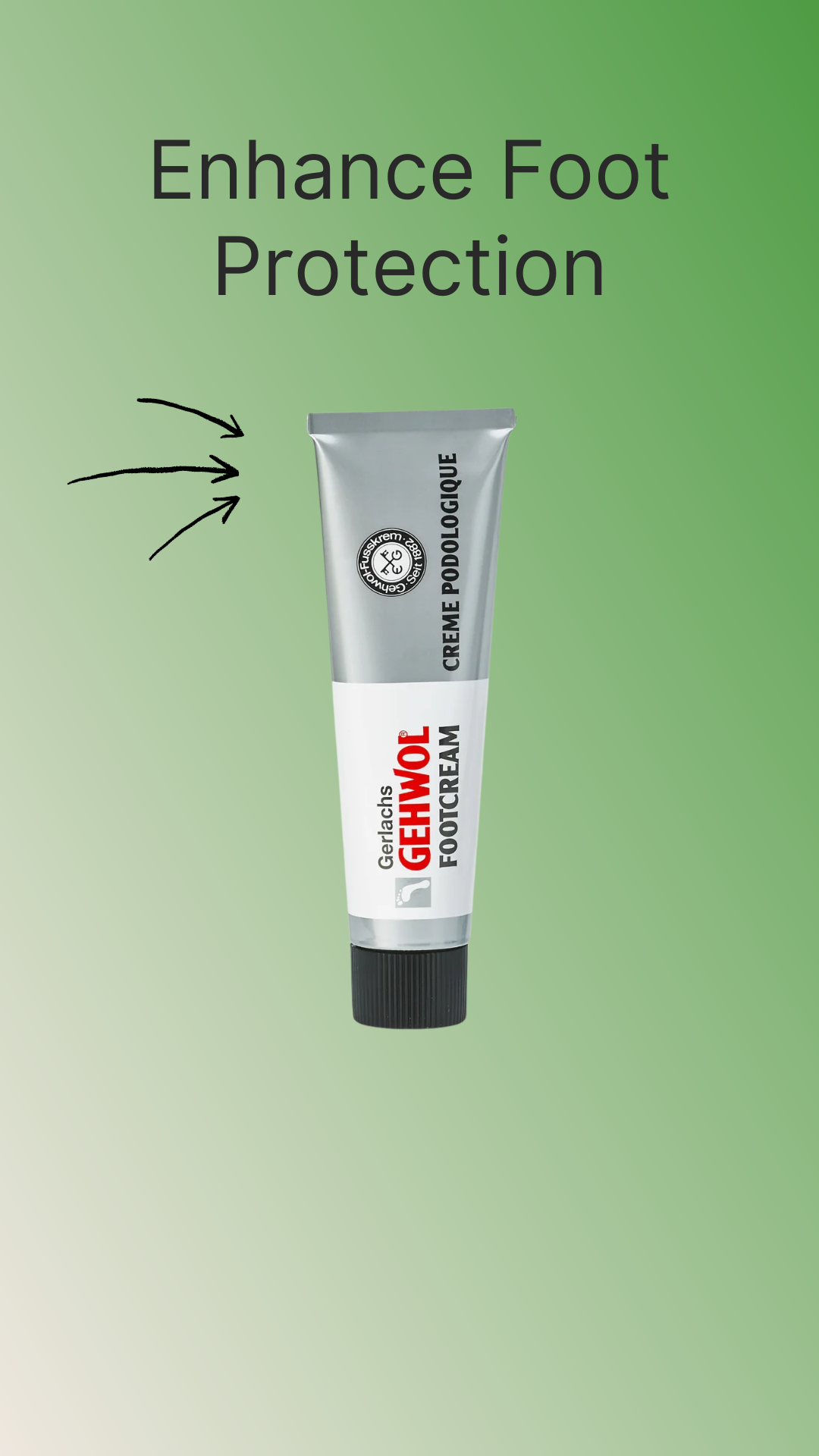Introduction
Peripheral neuropathy affects the nerves, often in the feet and legs, leading to numbness, tingling, pain, or weakness. For many people, the right shoes are not just about comfort—they are an essential part of foot health management. The correct footwear can reduce injury risks, support mobility, and help maintain a good quality of life.
In this guide, we’ll explore the best shoes for peripheral neuropathy in the UK, what features to look for, and how they can help you stay active and pain-free.
Key Features to Look for in Shoes for Peripheral Neuropathy
Contoured Arch Support
A shoe with proper arch support helps distribute weight evenly across the foot, preventing excessive pressure on sensitive areas and reducing fatigue. Orthopedic insoles or built-in arch supports are ideal.
Seamless Interior
Peripheral neuropathy can make you less aware of friction, which may lead to sores or blisters. Shoes with a seamless interior reduce the risk of skin irritation and ulcer formation.
Extra Depth & Width
Swelling, foot deformities, or custom orthotics require extra space. Wide and deep shoes prevent rubbing and pressure points, ensuring better circulation.
Breathable Natural Materials
Leather and mesh panels allow airflow, helping to maintain a cool, dry environment. This is important as moisture increases the risk of fungal infections.
Cushioned, Shock-Absorbing Insoles
Thick, cushioned insoles help reduce impact on joints and nerves, providing all-day comfort whether you are standing, walking, or on the move.
Adjustable Closures
Velcro straps or laces allow for a customisable fit throughout the day, which is important if your feet swell or change shape.
Non-Slip, Stable Outsole
A good grip helps prevent falls, which can be particularly dangerous if sensation in the feet is reduced.
Benefits of the Right Shoes for Peripheral Neuropathy
-
Reduced Risk of Injury – Protects from cuts, blisters, and sores that may go unnoticed due to numbness.
-
Improved Mobility – Provides stability and support, reducing fall risk.
-
Pain Management – Cushioned soles and ergonomic design help minimise nerve pain and discomfort.
-
Better Posture – Proper alignment reduces strain on joints and muscles.
Best Styles for Peripheral Neuropathy
Orthopedic Walking Shoes
Perfect for everyday use, these shoes combine support, cushioning, and a stable sole to make walking easier and safer.
Extra-Wide Fit Trainers
Great for those who wear orthotics or experience swelling. Lightweight and breathable, they are ideal for casual wear.
Soft Leather Slip-Ons
Convenient for those who struggle with laces, yet still supportive enough for daily wear.
Adjustable Sandals
In warmer months, adjustable sandals with padded straps can keep feet cool while still providing support.
Tips for Choosing Shoes for Peripheral Neuropathy
-
Shop later in the day when feet are naturally more swollen to ensure the right fit.
-
Always try shoes with the socks or insoles you plan to wear.
-
Avoid narrow or pointed-toe designs that may cause pressure points.
-
Consider replacing insoles with specialised diabetic or orthopedic ones for extra comfort.
FAQs
Q: Can shoes cure peripheral neuropathy?
A: No, but they can help manage symptoms, improve comfort, and reduce the risk of complications.
Q: Are memory foam insoles good for peripheral neuropathy?
A: Yes, memory foam offers excellent cushioning and can adapt to the shape of your foot, reducing pressure points.
Q: Should I wear socks with neuropathy shoes?
A: Yes—soft, seamless, moisture-wicking socks add an extra layer of protection.
Final Thoughts
Peripheral neuropathy can make walking, standing, or even daily routines more challenging, but the right footwear can transform comfort and safety. By choosing shoes that prioritise cushioning, stability, and protective design, you can reduce pain, avoid pressure points, and enjoy greater independence in your daily life.
Remember, investing in high-quality, well-fitted orthopedic or diabetic-friendly shoes is not just about comfort — it’s about protecting your long-term foot health. Whether you opt for soft leather uppers, extra depth for orthotics, or rocker soles to promote a smoother gait, the right pair can make every step feel more secure.
If you’re living with peripheral neuropathy, take the time to try on different styles, consult a healthcare professional for fitting advice, and prioritise quality over price. Your feet deserve the best support possible — because when they feel good, the rest of you will too.


